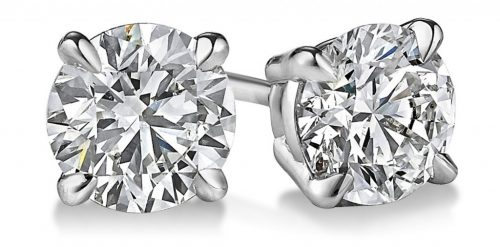Mining company Vast Resources gained access to a section of Zimbabwe’s Marange fields with a view to developing joint operations there with a local community group.
The miner reached an agreement with Red Mercury, a subsidiary of the Marange-Zimunya Community Share Ownership Trust, to carry out due diligence over a two-month period at the Heritage Concession – a 15-square-kilometer area in the Marange fields.
If the concession proves viable, the companies will form a joint venture for exploration, mining and marketing diamonds from the site.
Such a partnership would see Red Mercury provide the government-issued mining license, and Vast responsible for procuring funding to develop a mine.
The deal would fall in line with Zimbabwe’s indigenization laws, which require 51% ownership by a designated entity or community-share ownership trust. That law is currently under review, and could change in the next few months, Vast Resources noted.
“Having already agreed on the principal terms of the future joint venture with the MZ Community Trust, we have confidence that once the due-diligence period is complete, subject to final results, we can move swiftly in building a valuable diamond arm of our business, which is mutually beneficial for all stakeholders,” added Andrew Prelea, CEO of Vast.
Earlier this year, Vast signed a memorandum of understanding with Botswana Diamonds to develop Zimbabwe’s diamond resources and share information from past exploration of the region.
“I am delighted Vast has been awarded this exclusive access to part of the famous Marange diamond fields, and we look forward [to] working with them to realize the full potential of this area and others as they begin to emerge with Zimbabwe opening for business,” said Botswana Diamonds chairman John Teeling.
Source:
DCLA





